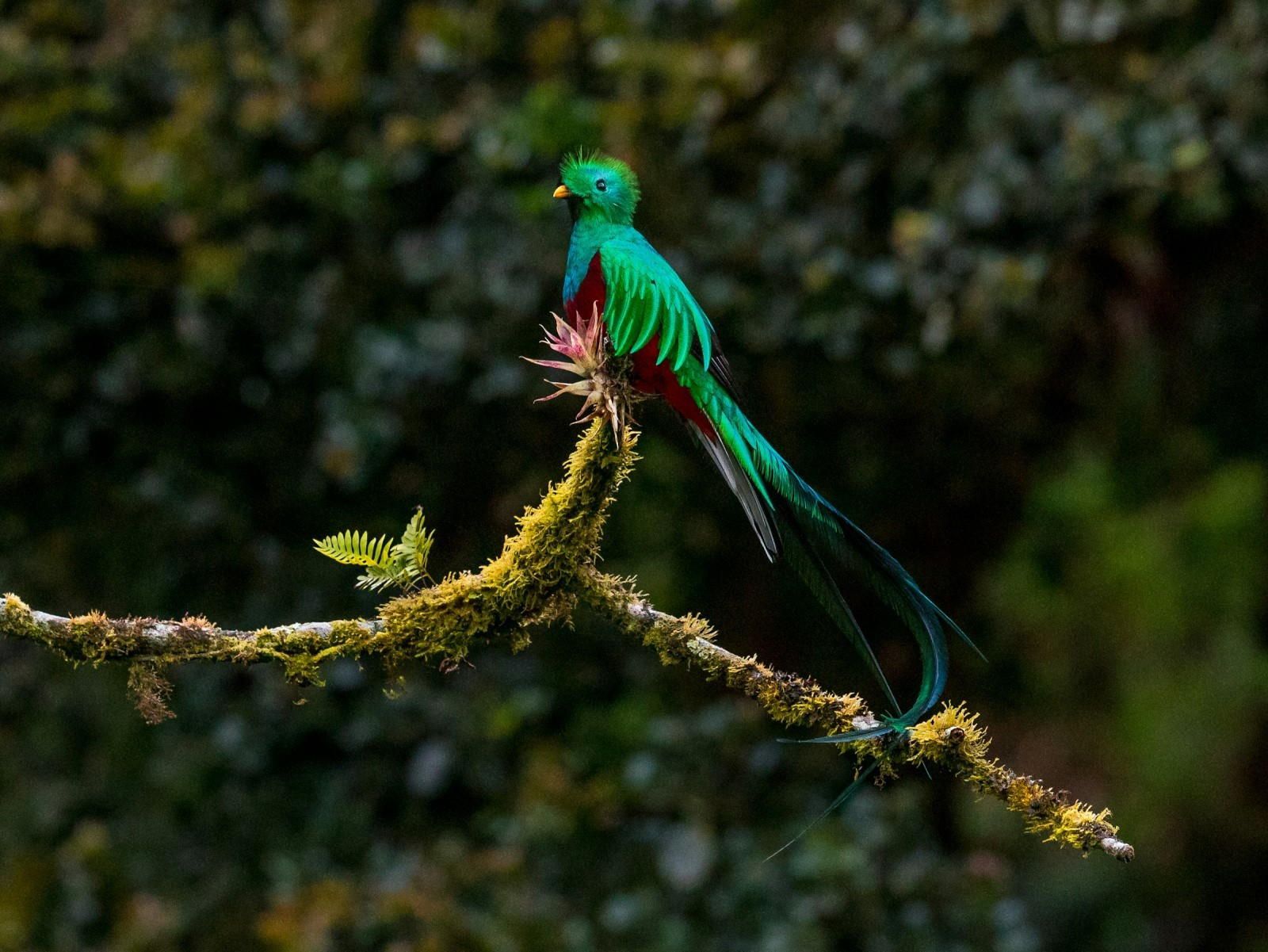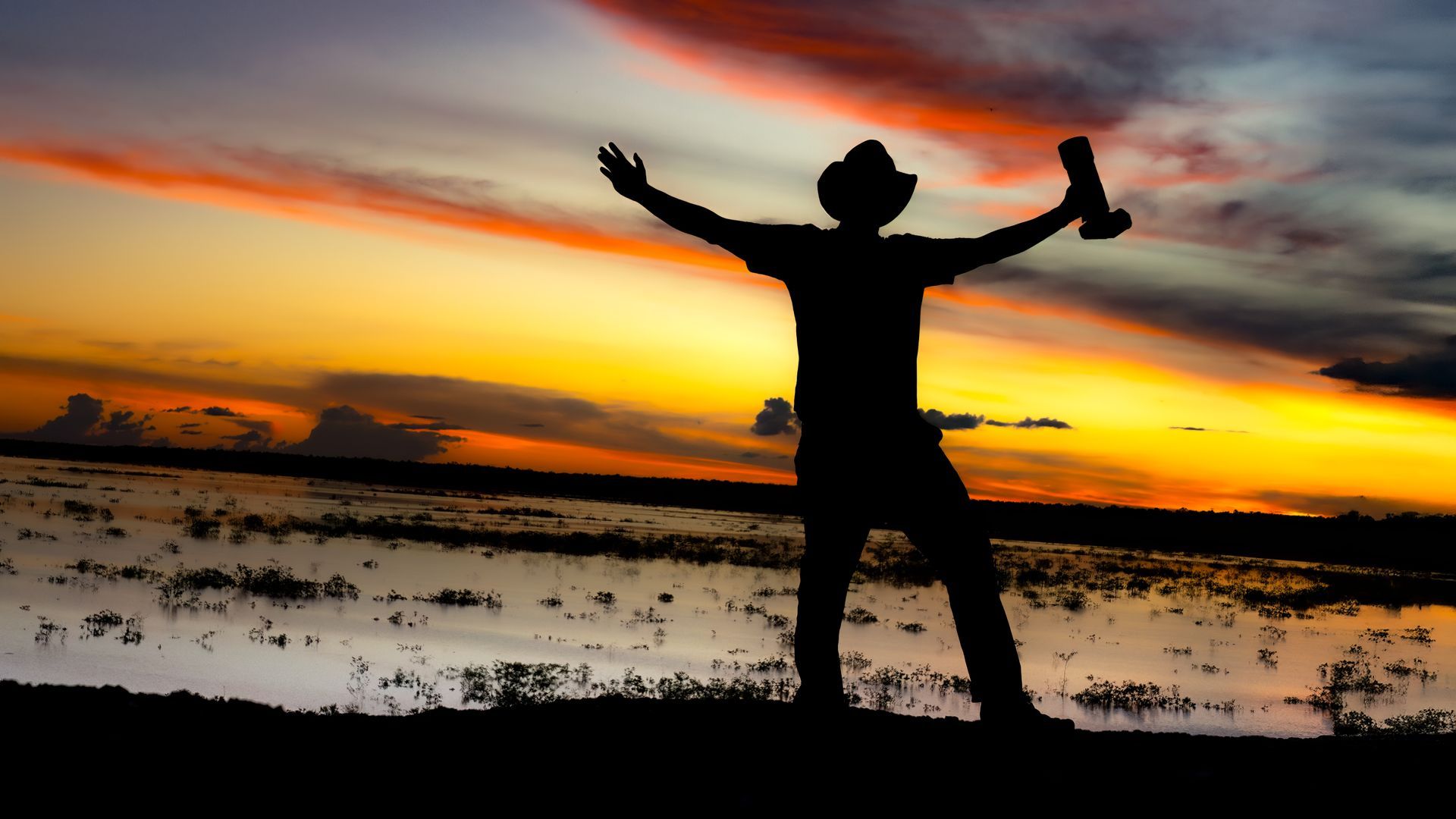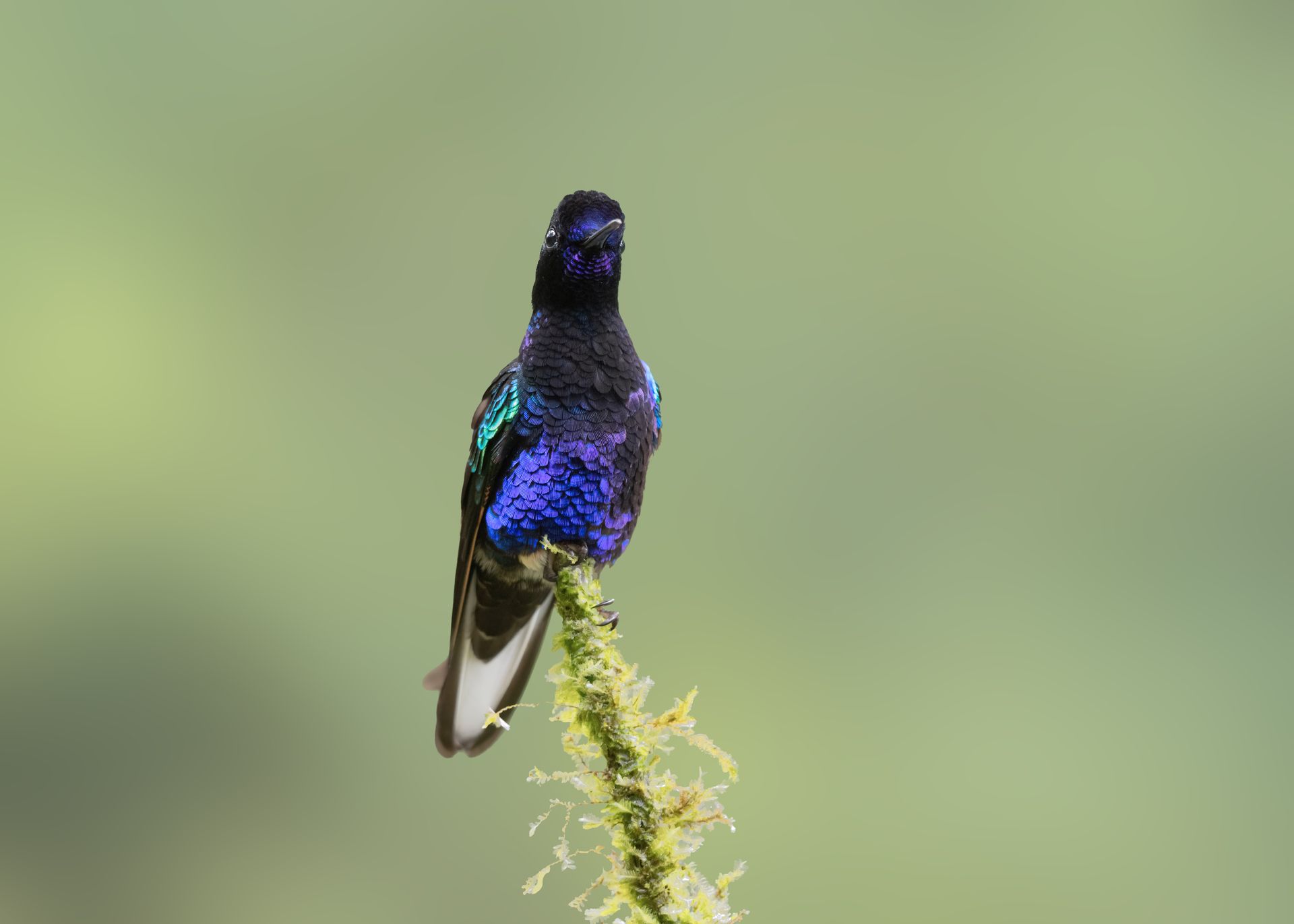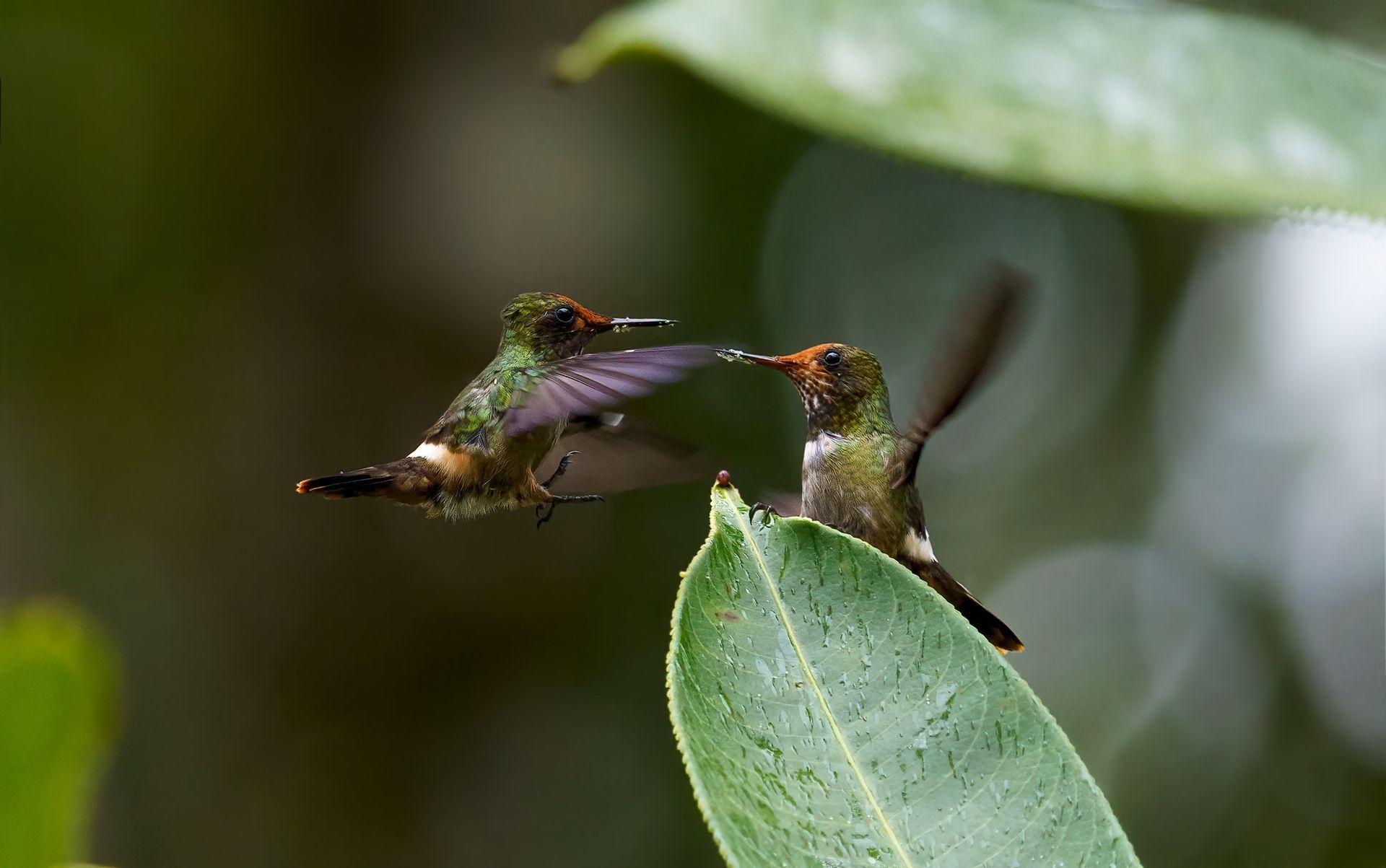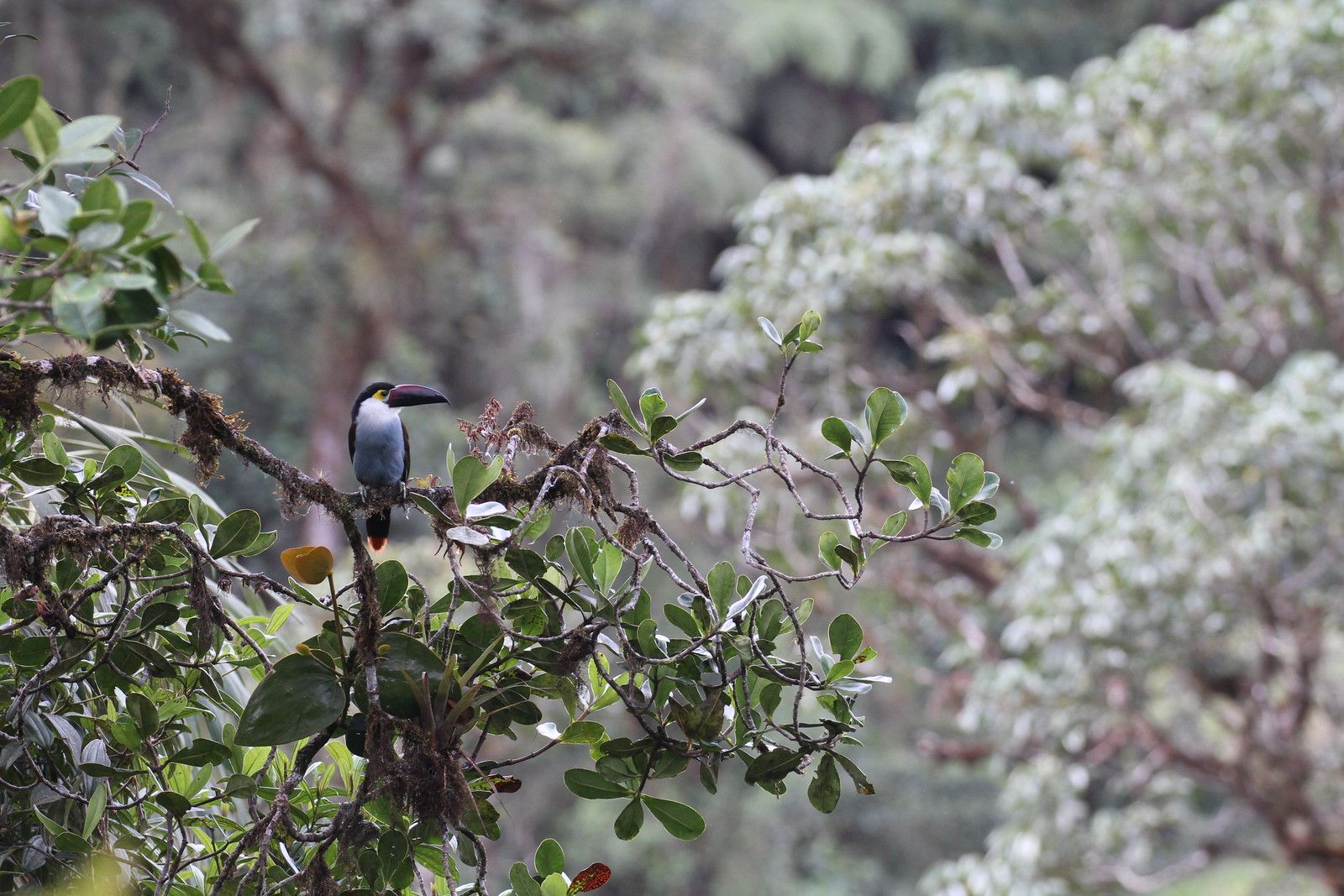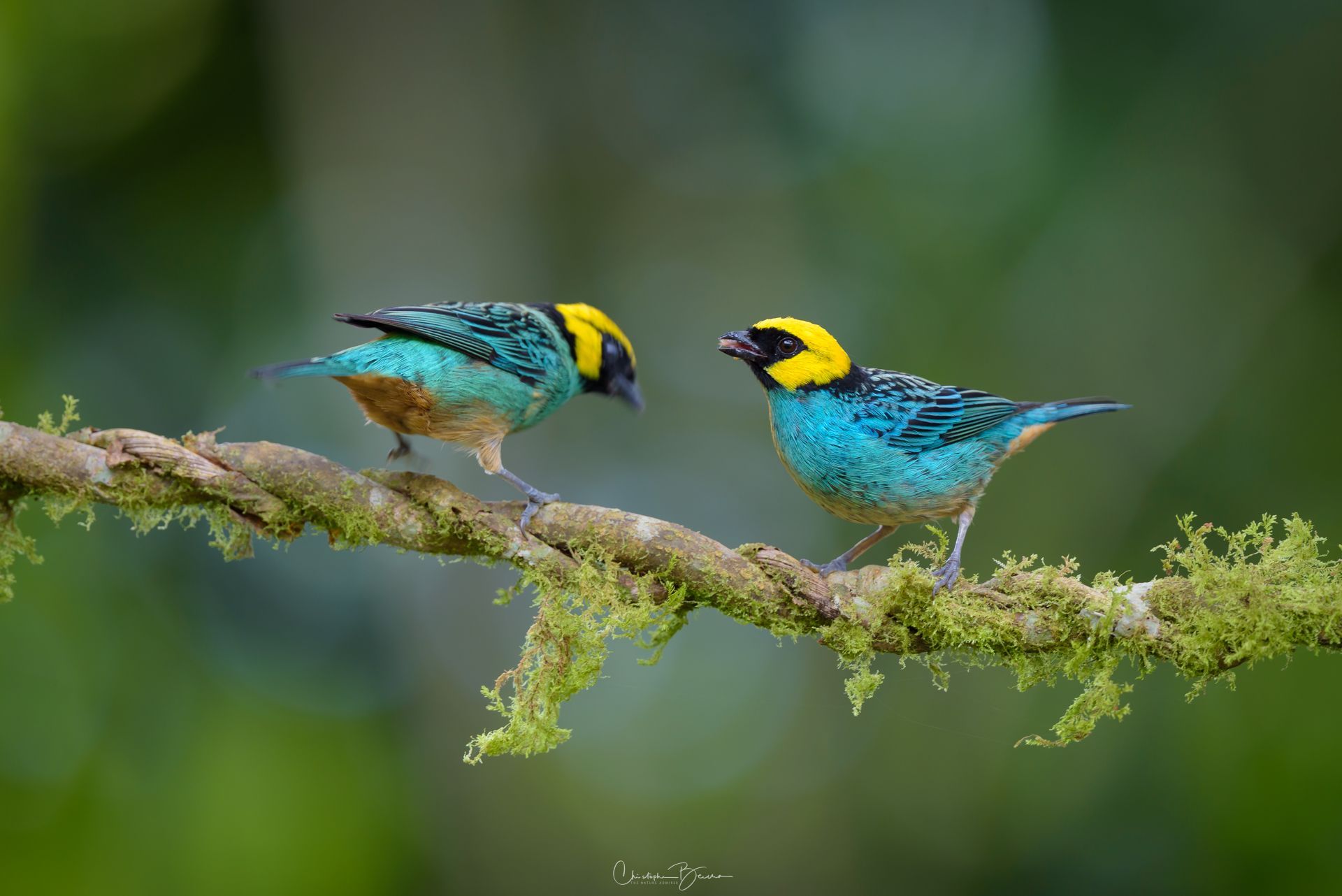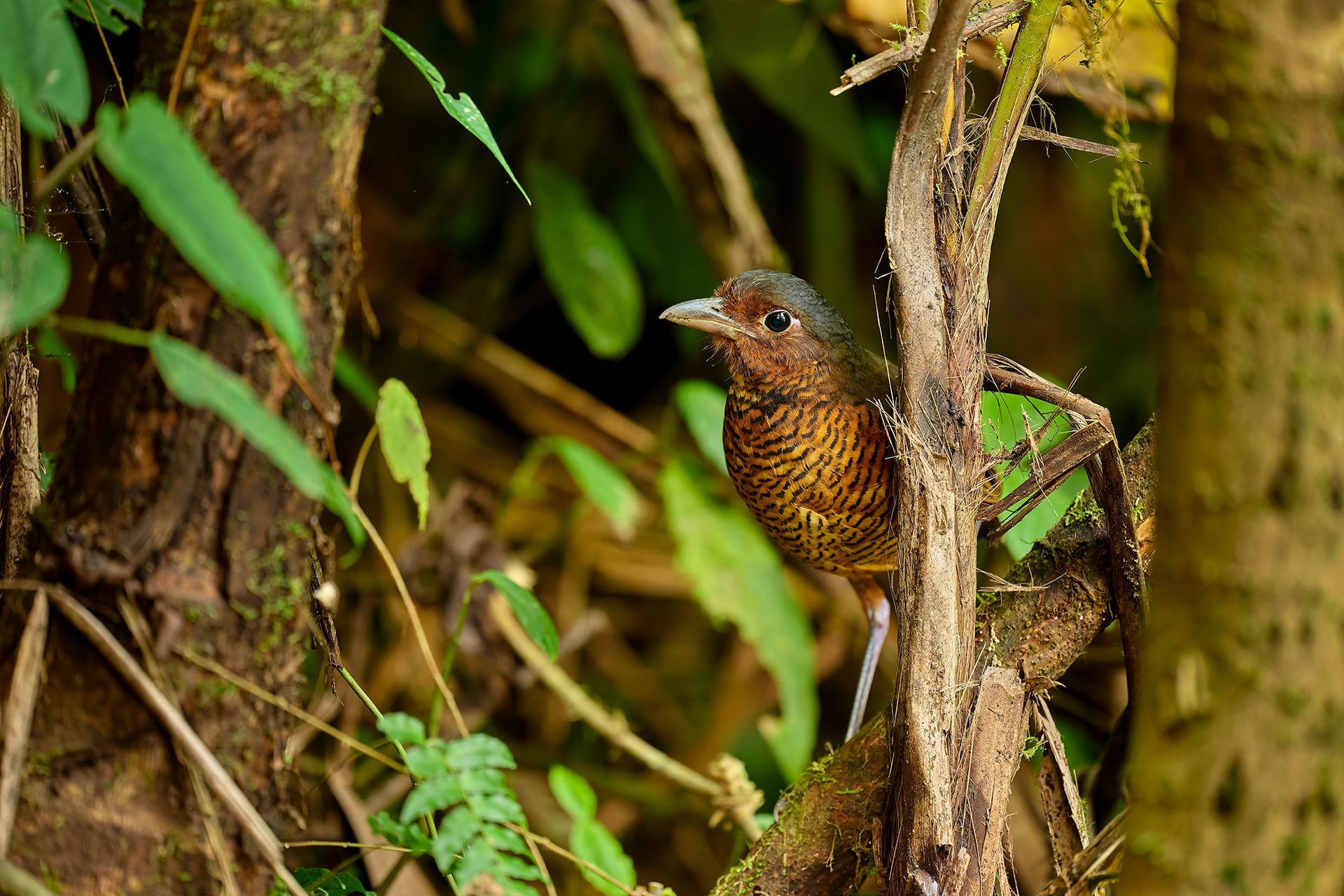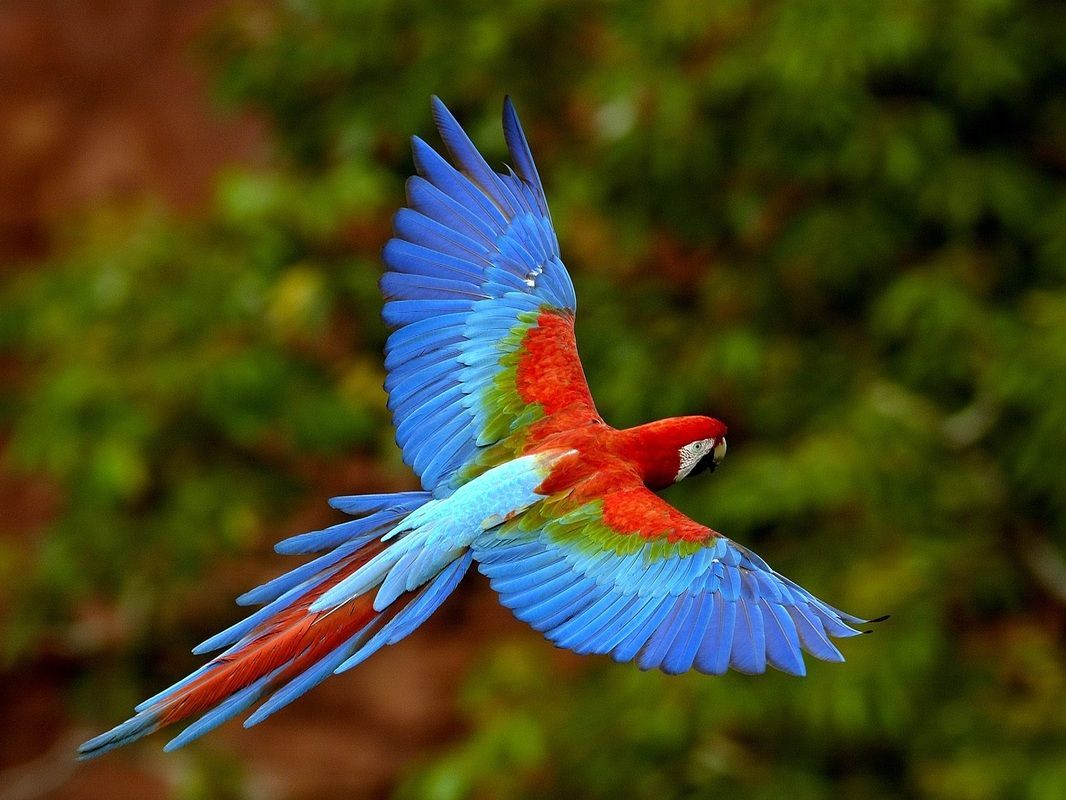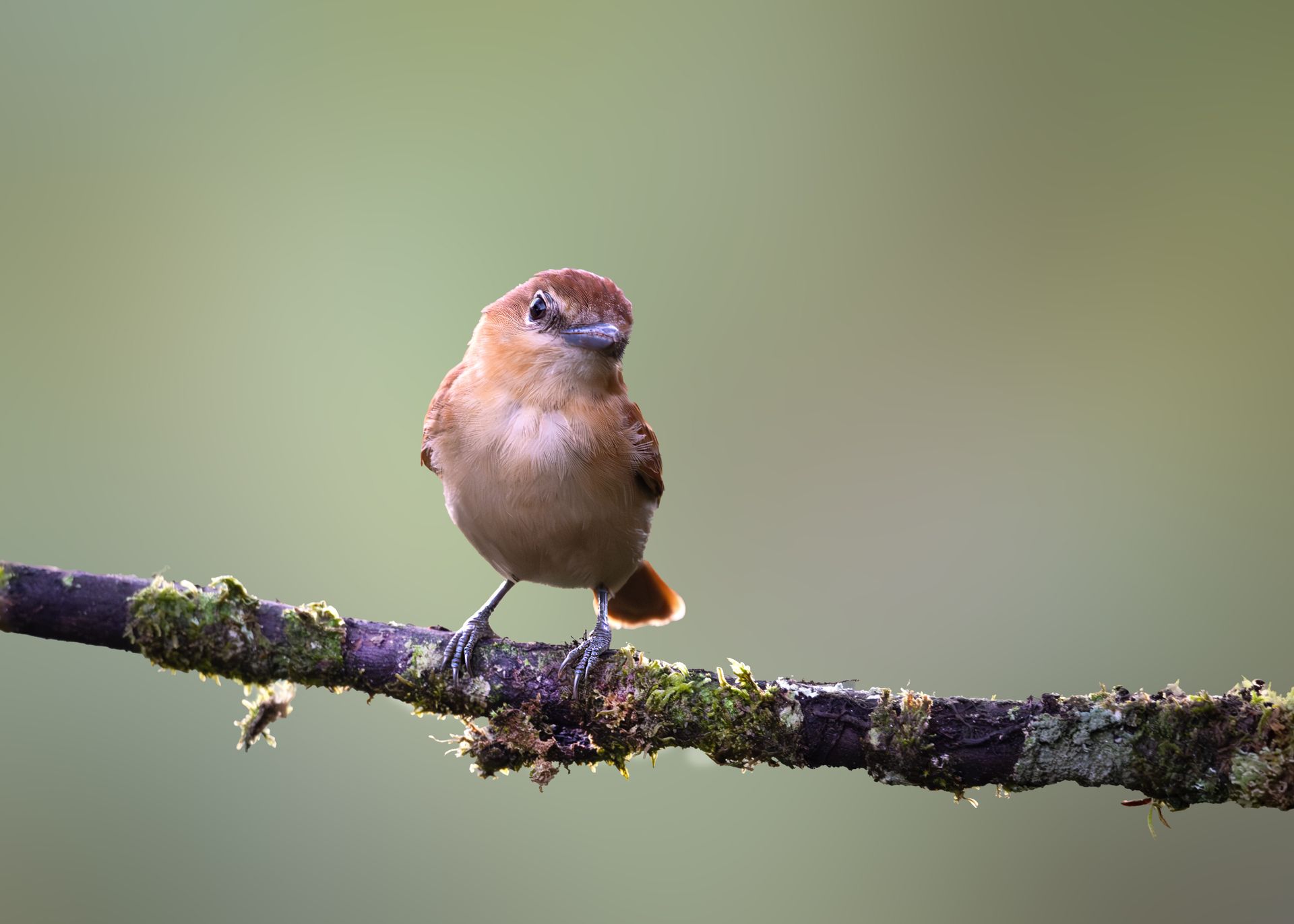Eagles of Colombia: Raptors That Amaze Photographers Worldwide
Eagles of Colombia: Raptors That Amaze Photographers Worldwide
Colombia is one of the most biodiverse countries on Earth, home to countless bird species, including a spectacular array of eagles and raptors. These apex predators not only play a crucial role in the ecosystem but also captivate photographers with their majesty, strength, and behavior. For birding enthusiasts and wildlife photographers, Colombia offers a rare chance to observe and photograph eagles in a variety of habitats, from cloud forests to tropical lowlands.
This guide explores the diversity of Colombian eagles, where to find them, their behavior, and tips for photographing them in the wild.
Introduction: The Allure of Eagles
Eagles are often seen as symbols of power, freedom, and keen vision. Colombia, with its vast landscapes ranging from Andean peaks to Amazonian lowlands, is home to many species of eagles and large raptors. Their incredible wingspans, striking plumage, and hunting prowess make them highly sought-after subjects for photographers.
For those visiting Colombia for bird photography, spotting an eagle is a highlight that combines thrill, patience, and skill.
The Diversity of Eagles in Colombia
Colombia hosts several notable eagle species, each with distinct features and habitats:
Harpy Eagle (Harpia harpyja)
- One of the largest and most powerful eagles in the world.
- Found in Amazonian and Pacific lowland forests.
- Notable for its distinctive crown of feathers and massive talons.
Black-and-Chestnut Eagle (Spizaetus isidori)
- Endangered species found in Andean cloud forests.
- Agile and fast-flying, often hunting monkeys and birds.
Ornate Hawk-Eagle (Spizaetus ornatus)
- Medium-sized raptor with striking black-and-white patterned plumage.
- Prefers dense forests and is often difficult to spot.
Solitary Eagle (Buteogallus solitarius)
- Found in montane forests, particularly in the Andes’ upper elevations.
- Known for its stealth and silent flight.
Crested Eagle (Morphnus guianensis)
- Rare in Colombia, inhabiting tropical rainforests.
- Recognizable by its long crest and dark plumage.
Black-chested Buzzard-Eagle (Geranoaetus melanoleucus)
- Common in open high-altitude regions like páramos.
- Offers excellent photography opportunities due to open habitats.
Why Colombia Is a Raptors’ Paradise
Several factors make Colombia an ideal destination for eagle photography:
- Geographic Diversity
- Three Andean mountain ranges, Amazon lowlands, Caribbean coast, and Pacific rainforest.
- Provides multiple habitats for different raptor species.
- Abundant Prey
- Rich forests and grasslands support birds, mammals, and reptiles, sustaining large raptor populations.
- Conservation Areas
- Protected areas such as Los Katíos, Tatamá, and Chingaza National Parks offer safe havens for these apex predators.
- Accessibility
- Many reserves and eco-lodges are set up for birdwatchers, providing hides, feeders, and guided tours.
Best Locations to Photograph Eagles in Colombia
1. Los Katíos National Park (Chocó)
- Home to Harpy Eagles and other rainforest raptors.
- Guided hikes increase chances of sightings.
2. Tatamá National Park (Western Andes)
- Dense cloud forests and montane habitats.
- Frequent sightings of Black-and-Chestnut Eagles.
3. Sumapaz Páramo (Eastern Andes)
- Open highlands for Black-chested Buzzard-Eagle photography.
- Ideal for capturing flight sequences against dramatic mountain backdrops.
4. Sierra Nevada de Santa Marta
- Remote and rich in endemic species.
- Offers a chance to see Ornate Hawk-Eagles.
5. Amazonian Lowlands
- Harpy Eagles and Crested Eagles frequent the canopy.
- Guided canopy tours or boat trips improve sighting odds.
Behavior and Ecology of Eagles
Understanding raptor behavior helps photographers predict movement and capture stunning images:
- Hunting patterns: Many eagles soar for hours, searching for prey. Knowing hunting times improves photography success.
- Territorial behavior: Males and females often patrol defined areas.
- Nesting habits: Eagles build large nests in tall trees or cliffs. Observing from a distance prevents disturbance.
- Flight displays: Courtship displays include acrobatics and soaring flights.
Photography Techniques for Eagles
Eagles pose both a challenge and a thrill for wildlife photographers.
Camera Gear
- Telephoto lenses (400–600mm) for distant subjects.
- Fast shutter speeds to capture flight.
- Tripod or monopod for stability, especially when tracking flight.
Techniques
- Use continuous autofocus to track moving birds.
- Shoot in burst mode for flight sequences.
- Early morning light offers softer illumination and active birds.
- Patience is key; some eagles may take hours to appear.
Composition Tips
- Include sky, mountains, or tree lines for scale.
- Capture prey capture sequences for dynamic storytelling.
- Frame against backlit skies for silhouette effects.
Ethical Wildlife Photography
Respecting wildlife ensures the survival of species and their habitats:
- Maintain distance from nests to avoid stress.
- Avoid baiting eagles with food.
- Stay on trails and use observation points.
- Support eco-lodges and local guides promoting conservation.
Stories from Colombian Raptors
- Photographers often recall the thrill of spotting a Harpy Eagle in lowland rainforest after a long trek.
- Capturing a Black-and-Chestnut Eagle soaring over the cloud forest provides dramatic mountain shots.
- Observing flight patterns of the Black-chested Buzzard-Eagle in the páramo is perfect for composition experiments.
These experiences highlight Colombia’s raptor photography magic.
Conservation and the Role of Photographers
Photographers also contribute to conservation by:
- Documenting species for scientific research.
- Raising awareness through images and social media.
- Supporting eco-tourism that funds local communities and protection efforts.
Many eagle species remain threatened due to habitat loss and hunting, making ethical photography vital.
Planning Your Eagle Photography Tour
When to Visit
- Dry season (December–March): Easier trails and clear skies.
- Early mornings: Raptors are more active in cooler hours.
Recommended Gear
- Telephoto lens 400–600mm.
- High-speed camera body for flight shots.
- Monopod/tripod for stability.
- Binoculars for spotting distant birds.
Local Guides and Lodges
- Guides improve sightings with habitat knowledge.
- Eco-lodges provide feeders or observation points.
- Community-based tourism supports conservation.
Conclusion: Colombia’s Raptors – A Photographer’s Dream
Eagles of Colombia are more than just majestic birds—they are symbols of the country’s wild beauty and ecological richness. From the rainforest giants to highland hunters, each species offers unique photographic opportunities and unforgettable experiences.
For bird photographers, Colombia is unparalleled: the diverse habitats, rich raptor population, and dedicated guides create ideal conditions to capture images that combine action, beauty, and story.
Whether soaring above the cloud forest, perched majestically on a cliff, or in mid-flight over the Andean valleys, Colombian eagles inspire awe, patience, and creativity in every photographer.
By visiting these habitats responsibly and supporting conservation efforts, photographers can ensure that these magnificent raptors continue to grace the skies of Colombia for generations to come.
